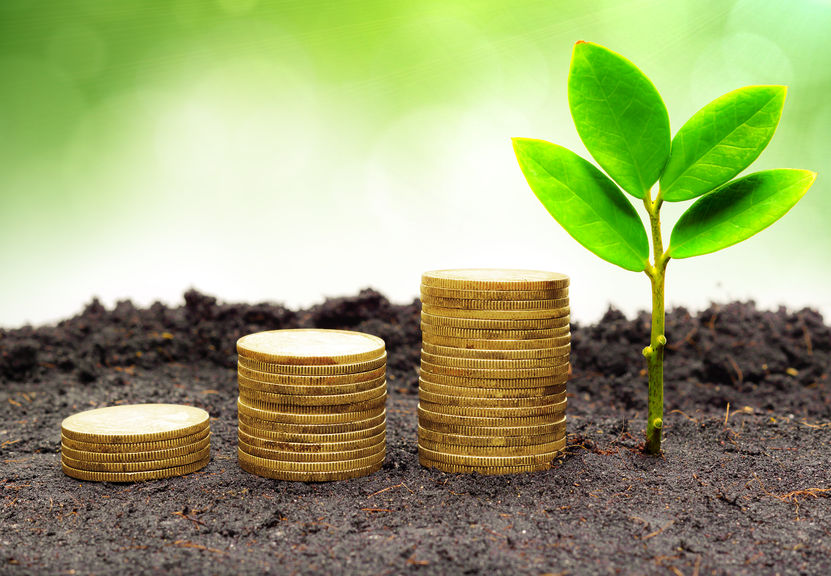There is a school of thought that insists that to achieve sustainability in business, companies need to sacrifice profits. That’s a myth. In fact, sustainable practices add to the financial bottom line in multiple ways—including boosting brand loyalty and driving long term sustainable profitability.
I would like to point out, though, that we shouldn’t focus on profit, which we can think of as financial sustainability, as the sole driver of our business. We need to also consider two other key components of running a successful business over the long run—people and planet. People, because they are the most significant potential resources for innovation, invention and creativity, and the planet, because we all need to have the environment to continue to be able to survive and work.
What’s interesting is that when companies focus on embracing sustainable practices that benefit people and the planet, they also help grow their profits.
Driving Sustainable Profitability
Consider the example of Blake Mycoskie, the founder of TOMS Shoes and the brains behind the company’s signature pitch—for every pair of shoes a customer buys, TOMS will provide a new pair of shoes to a disadvantaged child in Africa, Asia, South America, or some other part of the world where there is a need.
Mycoskie’s initial inspiration for his “one-for-one” giving program, and for his company’s unique social business model, came from the poverty he saw in underdeveloped countries like Argentina, where he saw kids going to school without shoes. “TOMS started with a very simple need,” Mycoskie told me. “I didn’t really have a lot of thoughts about these macro sustainability issues or the global goals when I started; I just wanted to help kids get shoes so they could go to school.”
Over time, as the company has grown, it has expanded its philanthropic programs to support efforts to help people in need by providing everything from eye exams to vaccinations. They’ve also become more focused on creating jobs in different countries like Kenya, Ethiopia and Mexico and on reducing their carbon footprint in the shipping of shoes. “The great thing about that is not only are we creating jobs,” said Mycoskie, “but now we’re not shipping shoes all the way across the world; we make them right there and then give them away in those countries.”
Achieving Sustainability ROI
Obviously, giving away pairs of shoes is not a clear-cut path to increasing a company’s bottom line. And yet, according to Mycoskie, his unique business model has helped him grow his business rapidly—and profitably—while helping people and the planet at the same time. He told me about his decision to weave sustainable business practices into the DNA of his company: “It’s not just the right thing to do morally; you’ll actually make more money down the road if you take a more sustainable approach. Your customers will be more like evangelists, your employees will be more engaged and productive, and you’ll find that other businesses are more encouraged to partner with you because they like what you’re doing. I always say, don’t look at this as a cost; look at this as an investment with a very high ROI. It might be a longer-term ROI, but it will come.”
Do Well by Doing Good
“Using the one-for-one program as the foundation for the business was a difficult pitch to make to investors in TOMS’ early years,” said Mycoskie, “especially because it seemed like the business was leaving money on the table in the short run.” But for Mycoskie, it was about educating investors about how they could make a great return on their investment precisely by supporting the sustainable causes the company engaged in. “It’s really important for us to find an investor who just gets it,” Mycoskie said. “Even if it looked good on the profit-and-loss statement in the short term, you would never want to do something to mess with the integrity of how we do our giving, because if that goes, the brand goes. And what all these investors want—what they’re investing in—is the brand value. So, they’re going to make more money by TOMS Shoes growing its business and going into new categories, not by cutting our costs.”
Or, to put that another way, Mycoskie has grown his company into a global, profitable company precisely because he has embraced sustainable business practices right from the start. How’s that for an example of how you can do well by doing good?



